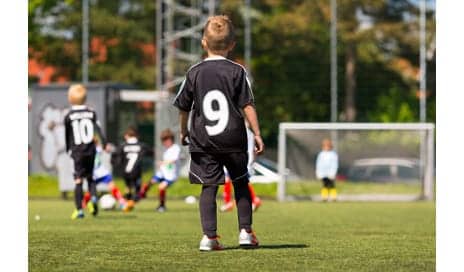Men who participated in high-impact activities throughout childhood and young adulthood may have greater hip and lumbar spine bone mineral density than those who did not, per a new study.
In her study of factors that protect against osteoporosis in men, University of Missouri researcher Pamela Hinton wished to understand the connection between bone-loading exercise during adolescence and young adulthood, when the bone mass is still growing, and bone mass in middle age.
During her research, Hinton analyzed data from the physical histories of 203 males aged 30 to 65 years. Participants’ sports and exercise histories varied, both in type and level of activity, and the length of time spent doing various physical activities also differed, explains a media release from University of Missouri Health.
Her research suggests that exercise-associated bone loading during adolescence and young adulthood benefits bone density in adulthood. Moreover, she suggests that high-impact activity during growth and adulthood is an important determinant for bone health later in life, per the release.
“The most important take-away is that if you are healthy, it is never too late to begin high-impact activities or resistance training to improve bone mineral density,” says Hinton, associate professor in the department of Nutrition and Exercise Physiology in the University of Missouri (MU) College of Human Environmental Sciences, in the release.
“While activity during skeletal growth is significant, we also saw positive associations between such physical activity and bone density at all ages. So even middle-aged men who spent their teenage years sitting on the couch could see benefits from beginning a bone-strengthening exercise program,” she adds.
The study appeared recently in the American Journal of Men’s Health.
[Source(s): University of Missouri Health, Science Daily]





